4 key types of landmines, how they work, and their impact on the Russia-Ukraine war
Landmines have played a key role in Russia's invasion of Ukraine.
Ukrainian officials have described the density of some of Russia's minefields as "insane."
Here are the four main types of mines, how they work, and how they've impacted the war.
Russia has laid huge, "insane" minefields to try and grind down Ukraine's counteroffensive. One Ukrainian official said Russia had placed five mines per square meter in some regions.
Russia has created, by some estimations the largest minefield, in the world, The Times reported, stretching along a 750-mile front line extending from southern to eastern Ukraine,
Reports have suggested that Russian soldiers have even resorted to laying lethal booby traps using mines, including hiding them in toys, fridges, and children's books.
Despite the weapon being a legacy of 20th-century warfare, landmines are still frequently used because they are cheap, easy to produce, and highly effective against the enemy.
Insider has looked at the four key types of landmines — broken down into two major groups — being used in the war, how they work, and the impact they've had on the conflict in Ukraine.
Anti-personnel mines
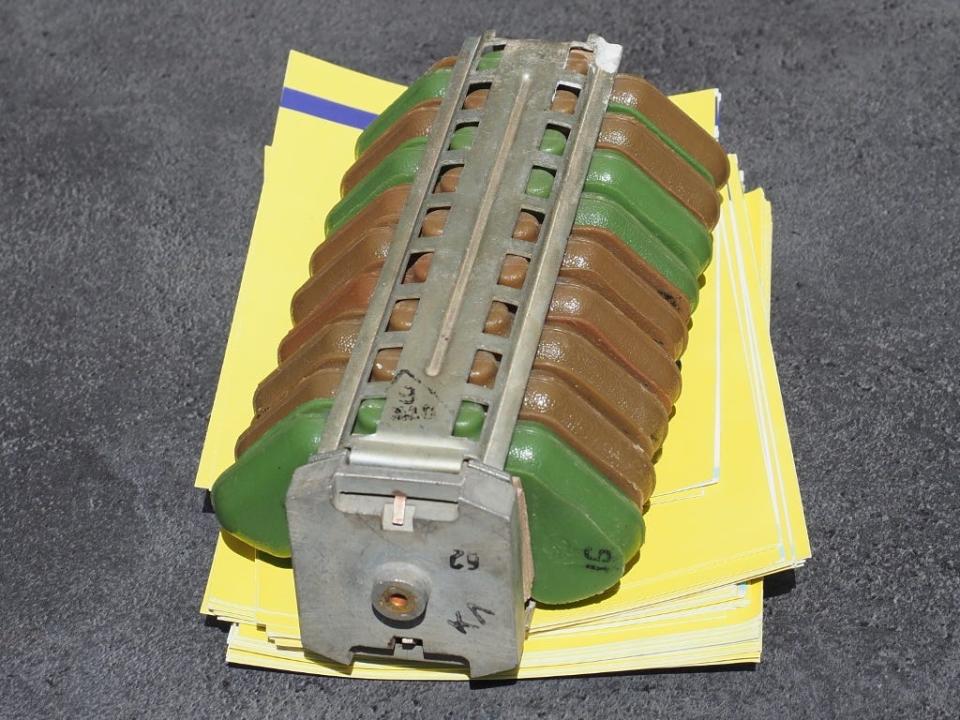
1. Blast mines
Blast mines are the most common type of landmine designed to cause debilitating or fatal injuries to enemy soldiers.
They are buried just a few inches below the ground and are usually activated by a pressure plate — which generally takes a force of 11 to 35.3 pounds to be set off, according to Howstuffworks.
The Human Rights Watch (HRW) organization said deminers had "found and neutralized" both PMN-2 and PMN-4 blast mines in Ukraine.
It describes the PMN-2 as "a circular, plastic-cased mine," noting that Ukraine destroyed its stock of these mines in 2003.
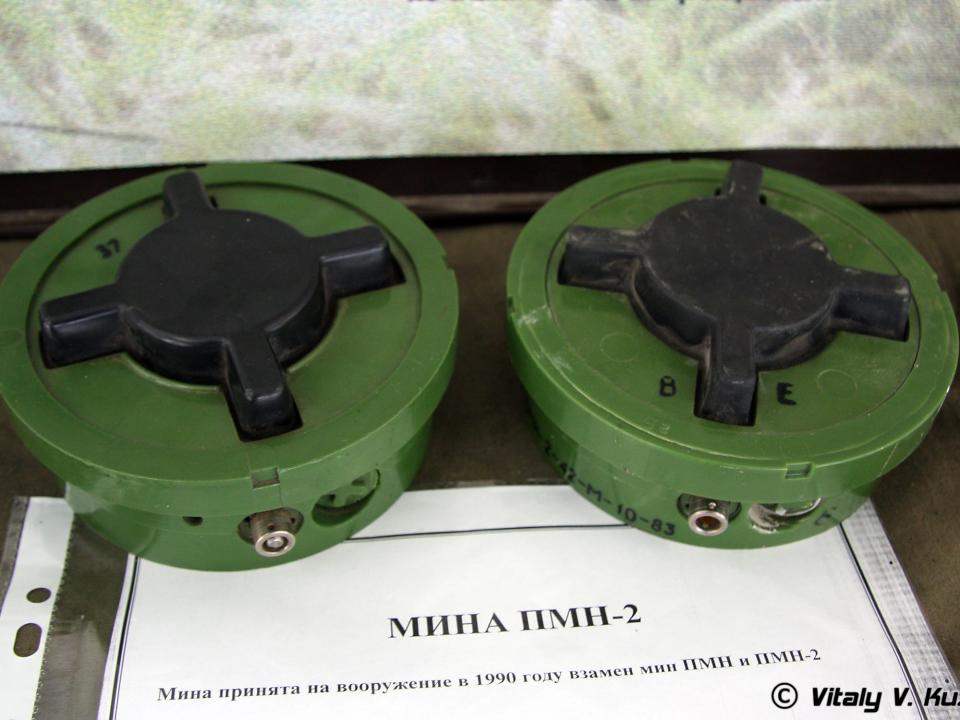
Another mine that has caused controversy during the conflict is the PFM-1, also known as the "butterfly" mine, fired from rockets and scatter indiscriminately on a wide area.
The miniature mine's plastic body contains about 37 grams of liquid high-explosive, enough to blow off at least a foot.
They are prohibited under the 1997 Mine Ban Convention.
In July, HRW said it had unearthed more evidence that Ukraine used the banned mines and has informed the Ukrainian government.
2. Bounding mines
A tripwire or pressure usually triggers these landmines. When activated, the "igniter" or "striker," a metal rod that protrudes from the ground, lifts the mine about three feet into the air, where it explodes around a victim's upper body, with the potential to cause horrific injuries.
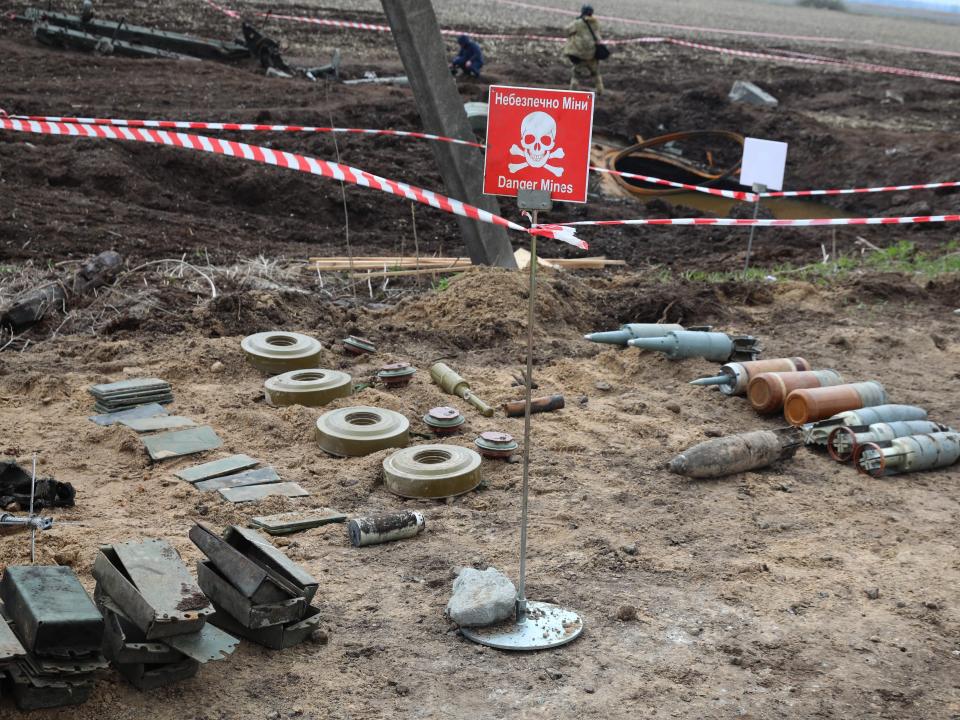
3. Fragmentation mines
Fragmentation mines can be either bounding mines or ground mines. When they explode, they send glass or metal shrapnel flying in different directions, causing injuries up to 660 feet away, per Howstuffworks.
The HRW said it had found instances of OZM-72 "bounding fragmentation" mines being used in Ukraine.
The organization described the OZM-72 as a "multi-purpose bounding munition." It adds that when the mine is "used in victim-activated mode with a mechanical pull, tension release, or seismic fuze," they are prohibited by the Mine Ban Treaty."
Anti-tank mines
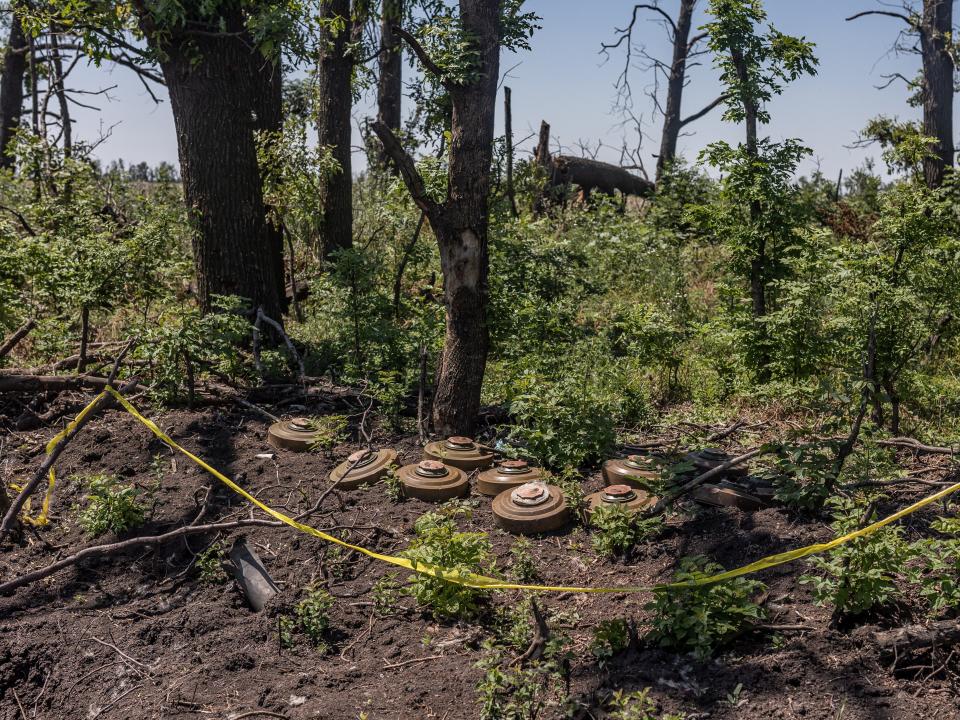
4. Anti-tank blast mines
Anti-tank mines are much larger versions of anti-personnel blast mines, designed to cause maximum damage to tanks by destroying their tracks and piercing their armor.
They are also pressure activated, but they usually take a much greater force to be triggered — about 348.33 pounds to 745.16 pounds, per Howstuffworks.
The Russia-Ukraine war has seen a variety of anti-tank mines used, including the PTM-1 and the TM-62M.
The HRW says that the PTM-1 is "a plastic-bodied, rectangular mine" that is dropped by a helicopter or scattered by rocket artillery. It notes that both Russia and Ukraine have supplies of the mine.
The TM-62M, it adds, is "a large, metal-cased circular mine" that can either be mechanically placed or laid by hand. It says both sides also have stockpiles of this type of mine.
Mine warfare in the Russia-Ukraine conflict
Russian forces have relied heavily on dense minefields during the invasion, especially in response to Ukraine's counteroffensive.
The sheer depth of the minefields, as well as the multi-layered structure, where the Russians lay several mines on top of each other to destroy mine-clearing equipment, has even forced some Ukrainian soldiers to abandon their long-awaited Western-made tanks and advance on foot, as Insider previously reported.
Ukraine had to change its counteroffensive strategy this summer after early assaults by tanks and fighting vehicles became stuck in fields bobby trapped with mines. They were easily picked off by Russian artillery and attack drones.
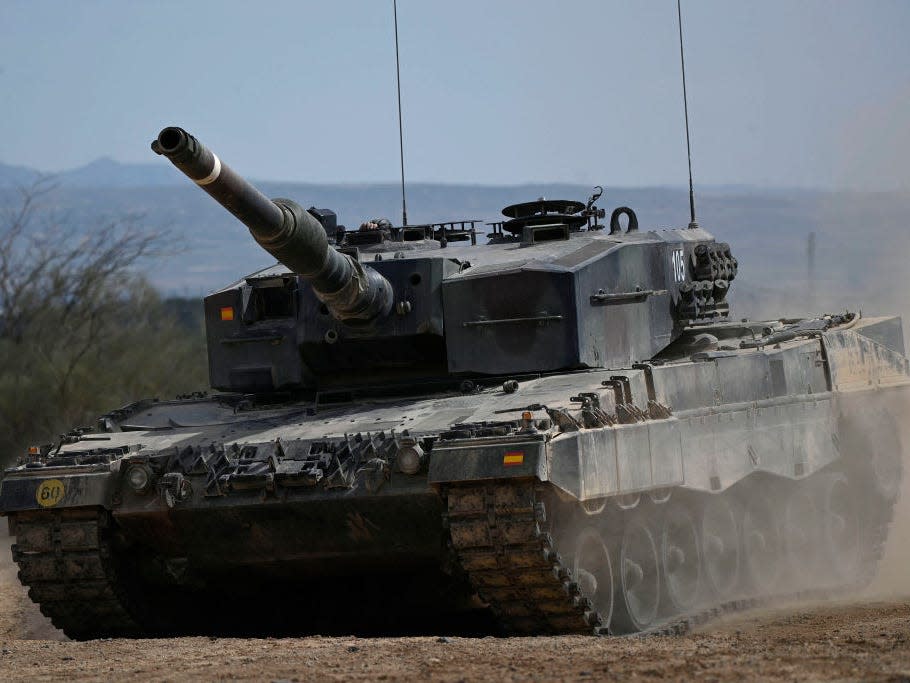
As the limitations of vehicles like the US-made Bradley armored fighting vehicle became clear, Ukraine's commander-in-chief General Valery Zaluzhny demanded modern fighter jets like the US-made F-16 to improve its ground capabilities.
"You can no longer do anything with just a tank with some armor because the minefield is too deep, and sooner or later, it will stop, and then it will be destroyed by concentrated fire," Zaluzhny told The Washington Post.
Read the original article on Business Insider

